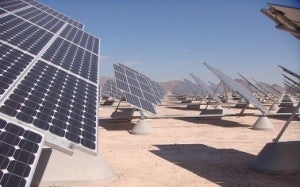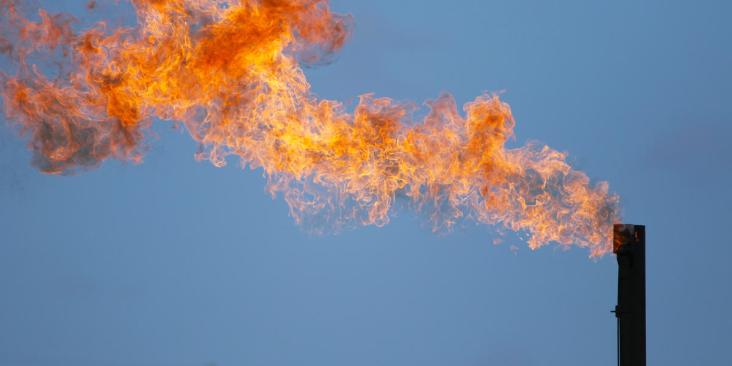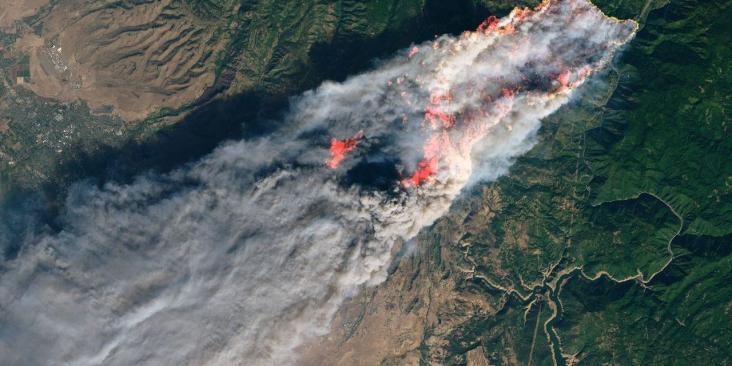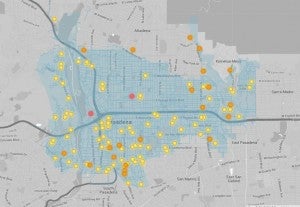By Scott Henderson, Advisor to Metrus Energy
 While many in the clean energy industry are familiar with the use of power purchase agreements (PPA) to finance solar energy systems at commercial and industrial facilities, many may be surprised to know that there is a similar contract for funding energy efficiency retrofit projects. Called an efficiency services agreement (ESA), this contract was designed to address the challenges, or “pain points,” that building owners commonly face when contemplating such projects.
While many in the clean energy industry are familiar with the use of power purchase agreements (PPA) to finance solar energy systems at commercial and industrial facilities, many may be surprised to know that there is a similar contract for funding energy efficiency retrofit projects. Called an efficiency services agreement (ESA), this contract was designed to address the challenges, or “pain points,” that building owners commonly face when contemplating such projects.
Like a PPA, an efficiency services agreement enables third-party ownership of a project, in which a developer designs, finances, implements, and owns a package of energy and water efficiency measures at a customer facility. In return for implementing the project, the ESA provider charges the customer for any realized savings, at a rate that is less than their current cost of electricity, gas, or water. This continues until the end of the contract period, typically 10 years, upon which time the customer can renew the contract or purchase the equipment at fair market value. Read More »
 The solar industry is booming and the U.S. Department of Energy’s loan guarantee program, chastised after several high-profile cleantech companies went belly up in 2011, has more than recovered.
The solar industry is booming and the U.S. Department of Energy’s loan guarantee program, chastised after several high-profile cleantech companies went belly up in 2011, has more than recovered.











 The surge in natural gas production that has reshaped the American energy landscape has many in the commercial transportation sector considering whether to start shifting their heavy-duty vehicle fleets from diesel to natural gas fuel. Many are looking to an advantage in carbon dioxide emissions to justify the higher cost and reduced fuel efficiency of a natural gas vehicle.
The surge in natural gas production that has reshaped the American energy landscape has many in the commercial transportation sector considering whether to start shifting their heavy-duty vehicle fleets from diesel to natural gas fuel. Many are looking to an advantage in carbon dioxide emissions to justify the higher cost and reduced fuel efficiency of a natural gas vehicle.
